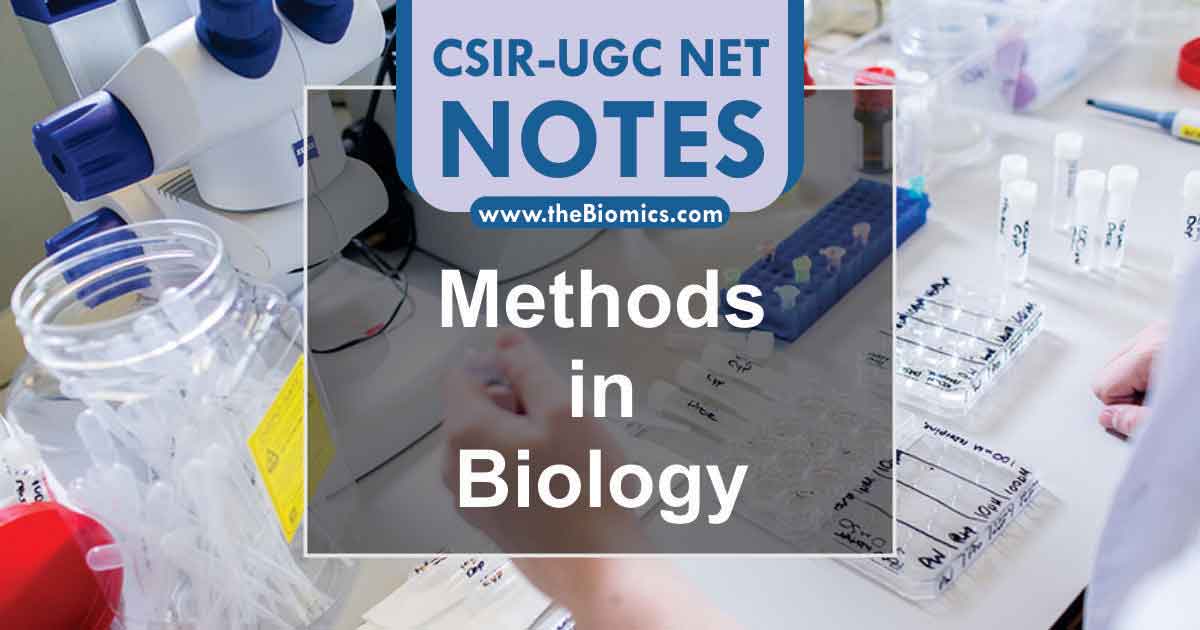
Unit 13- Methods in Biology
Topics
- Molecular biology and recombinant DNA methods
- Isolation and purification of RNA , DNA (genomic and plasmid) and proteins, different separation methods
- Analysis of RNA, DNA and proteins by one and two dimensional gel electrophoresis, isoelectric focusing gels
- Molecular cloning of DNA or RNA fragments in bacterial and eukaryotic systems
- Expression of recombinant proteins using bacterial, animal and plant vectors
- Isolation of specific nucleic acid sequences
- Generation of genomic and cDNA libraries in plasmid, phage, cosmid, BAC and YAC vectors
- In vitro mutagenesis and deletion techniques, gene knock out in bacterial and eukaryotic organisms
- Protein sequencing methods, detection of post-translation modification of proteins
- DNA sequencing methods, strategies for genome sequencing
- Methods for analysis of gene expression at RNA and protein level, large scale expression analysis, such as micro array-based techniques
- Isolation, separation and analysis of carbohydrate and lipid molecules
- Techniques
- RFLP
- RAPD
- AFLP
- Histochemical and immunotechniques
- Antibody generation
- Detection of molecules using ELISA, RIA, western blot, immunoprecipitation, flowcytometry and immunofluorescence microscopy
- Detection of molecules in living cells
- in situ localization by techniques such as FISH and GISH.
- Biophysical methods
- Analysis of biomolecules using UV/visible, fluorescence, circular dichroism, NMR and ESR spectroscopy
- Structure determination using X-ray diffraction and NMR
- Analysis using light scattering
- Different types of mass spectrometry
- Surface plasma resonance methods.
- Statistical Methods
- Measures of central tendency and dispersal
- Probability distributions (Binomial, Poisson and normal)
- Sampling distribution
- Difference between parametric and non-parametric statistics
- Confidence interval
- Errors
- Levels of significance
- Regression and correlation
- t-test
- Analysis of variance
- X2 test
- Basic introduction to Muetrovariate statistics, etc.
- Radiolabeling techniques
- Properties of different types of radioisotopes normally used in biology, their detection and measurement
- Incorporation of radioisotopes in biological tissues and cells, molecular imaging of radioactive material, safety guidelines
- Microscopic techniques
- Visulization of cells and subcellular components by light microscopy
- Resolving powers of different microscopes
- Microscopy of living cells
- Scanning and transmission microscopes
- Different fixation and staining techniques for EM
- Freeze-etch and freeze-fracture methods for EM
- Image processing methods in microscopy
- Electrophysiological methods
- Single neuron recording
- Patch-clamp recording
- ECG
- Brain activity recording
- Lesion and stimulation of brain
- Pharmacological testing
- PET
- MRI
- fMRI
- CAT
- Methods in field biology
- Methods of estimating population density of animals and plants, ranging patterns through direct, indirect and remote observations
- Sampling methods in the study of behavior, habitat characterization-ground and remote sensing methods.
- Computational methods
- Nucleic acid and protein sequence databases
- Data mining methods for sequence analysis
- Web-based tools for sequence searches
- Motif analysis and presentation
